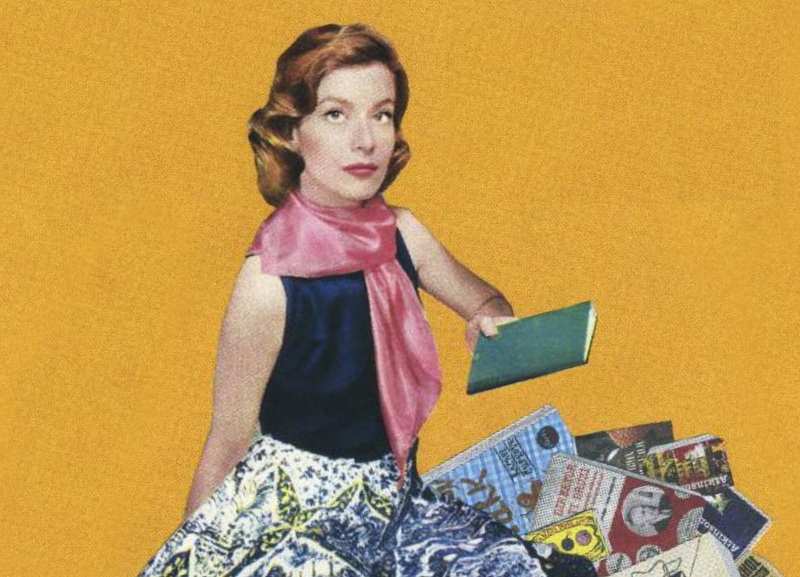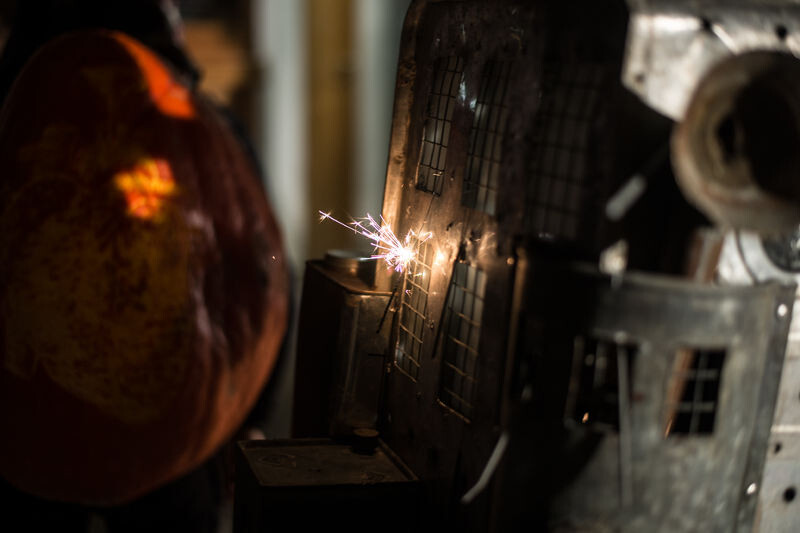Annual Survey: Film & Book / part 3
This year again, the last issue of dok.revue features a survey in which we asked filmmakers, producers, theorists, historians, pedagogues and other figures of the Czech and Slovak documentary world to tell us what documentary films and books influenced them the most in the previous year. The aim is not to produce another “top ten chart”, but to capture the trains of thought and contexts that shape contemporary documentary production and its perception not only by the professional public, as is also indicated by the personal tone of the questions.
1/ Which documentary film influenced you the most in the previous year, and why?
2/ Which book influenced you the most in the previous year, and why?
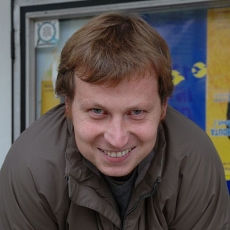 Radim Procházka, producer
Radim Procházka, producer
1/ The Look of Silence by Joshua Oppenheimer (2014) again shows how it is possible to make a film about the genocide on the other side of the world, which would actually transform the politics in the country, and at the same time cause a stir on the red carpet.
2/ Martin Juhás, or Czechoslovakia. It was only last year when I discovered the irony of David Zábranský, the Houellebecq of Czech literature. I have a soft spot for alternative interpretations of our history, and here is a quote from a book on the First Czechoslovak Republic: “Some were democrats, others were chauvinists, but nobody stood aside…”
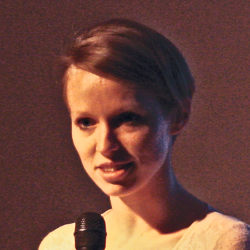 Andrea Průchová, representative of DAFilms.com online portal
Andrea Průchová, representative of DAFilms.com online portal
1/ Last year’s great documentary experience was Tishe! (2002) accompanied by a commentary by its director Victor Kossakovsky. This event took place at the very beginning of the year, when the director was invited by DAFilms.cz to Prague to introduce his film Long Live the Antipodes! (2014), preceded by the filmmaker’s masterclass. I was impressed by his concentration on the detail, his ability to truly “see” and the overall complexity – qualities achieved in Tishe! being underpinned by a simple principle of observation of one section of a street from his window.
2/ One of last year’s noteworthy publications was the latest book by visual culture theorist, Nicholas Mirzoeff, How to See the World, that deals with contemporary images and their circulation channels in the digital era. The book is a comprehensible introduction to contemporary production and a reflection on the visual culture that surrounds us and explores the issue of how the new millennium has changed the method in which we see, form and spread images.
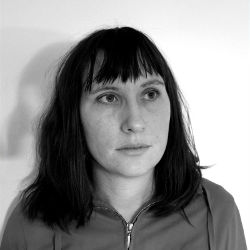 Tereza Reichová, documentary filmmaker
Tereza Reichová, documentary filmmaker
1/ I can’t stop thinking about Trapped by Law (2015). Director Sami Mustafa has become one of the film’s protagonists when trying to help desperate Roma siblings to return back to their native Germany. As a result of a treaty with Kosovo, Germany has sent them back to their parents’ homeland. Albeit in an entirely different context, this moving personal story speaks about the notion of home which always resonates when I see news about deportation of migrants from Islamic countries.
2/ I’m reading a thin book by Barcelona’s professor Daniel Raventós, The Material Conditions of Freedom. Although it deals with universal basic income as a human right to dignity, it makes me reflect on the meaningfulness of life that wouldn’t be driven by a constant struggle for livelihood, but by the balance between work and fulfilment. Both for me and for others.
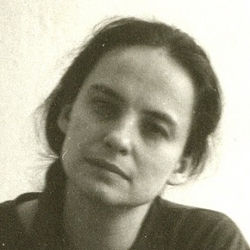 Alice Růžičková, dramaturg
Alice Růžičková, dramaturg
1/ The Still Life of Vera (2015). I liked Greta Stocklassová’s nine-minute film composed of 254 postcards from an antique shop in Spálená Street as an unconventional look on one human life on the backdrop of a postage stamp design, texts on greeting cards and collages of photographs from the front page.
2/ Venuše Samešová. The Story of an Exotic Beauty in Normalisation Prague… (2015). This book with a bombastic title offers an open testimony of an ageing woman who has always bravely faced all of the challenges that life has prepared for her: her grandfather was an African, her father a lion tamer, she had an estranged mother and somewhat crazy sisters, was treated cruelly by her partners, attended erotic parties in the house of Jiří Mucha, played the black princess in Kachyňa’s Little Mermaid and made a living as a prostitute in West Berlin; today she is an attendant in an elderly home. But most of all, she is a lively woman with a sense of humour and I believe that our society needs more “adult” personalities such as herself.
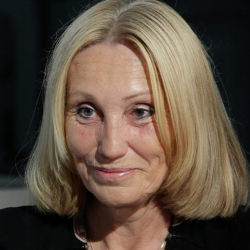 Olga Sommerová, documentary filmmaker
Olga Sommerová, documentary filmmaker
1/ The word “most important” does not exactly express what films I admire, aside from other things also for their formal filmmaking skills: Mallory (2015) by Helena Třeštíková, The Gospel According to Brabenec (2014) by Miroslav Janek and Renata Kalenská, Always Together (2015) by Eva Tomanová, and Ivan Havel: Late Harvest (2013) by Roman Vávra.
2/ As a revelation came the debut by Romana Křenková, Eiderdown and Bread, published in 2015, an autobiography evoking the experience of our generation living under the communist regime and after the quick transformation into democracy.
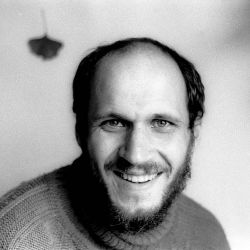 Jan Šípek, documentary filmmaker
Jan Šípek, documentary filmmaker
1/ My truly genuine film experience was the film, Listen to the Horizon (2015) by Ukrainian student of CAS, Anna Kryvenko. An edited film and a meditative collage composed of news reports, propaganda footage and YouTube videos, which uses a real filmic language.
2/ When I started to commute by train to work I started to read books again. I was most impressed by a couple of paragraphs from Jung’s Collected Works III on a page marked with a train ticket from 2002. Surprisingly still smart, deep and witty. Cunningly cheerful. And eye-opening.
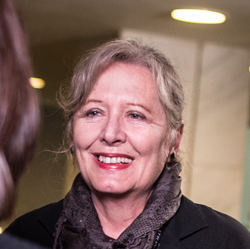 Helena Třeštíková, documentary filmmaker
Helena Třeštíková, documentary filmmaker
1/ My choice is Koza (2014), a film by Ivan Ostrochovský. It’s not a clear-cut documentary, rather a fiction film, but with an authentic protagonist in a real setting. Beautiful cinematography by Martin Kollár.
2/ I loved Obchodná Street 1984 – 2014 by Ľubo Stacho. It recounts the history of our country through photographs of shop windows on a street in Bratislava over the course of 30 years. A long-term photographic observation. It was published by O.K.O. and Slovart, Bratislava 2014.
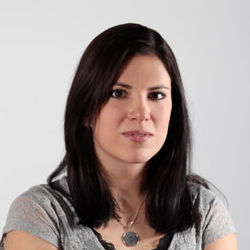 Kamila Zlatušková, producer
Kamila Zlatušková, producer
1/ With a slight delay, I saw Jan Gogola jr.’s František of His Own Kind (2015). For many reasons, it made me feel very optimistic. And in our public space, optimism is truly missing.
2/ Martin Reiner: A Poet, published in 2014. Because Martin Reiner. Because Blatný. Because Brno.
The answers have been abbreviated by the editor. For their full and detailed version go to www.dokrevue.cz

